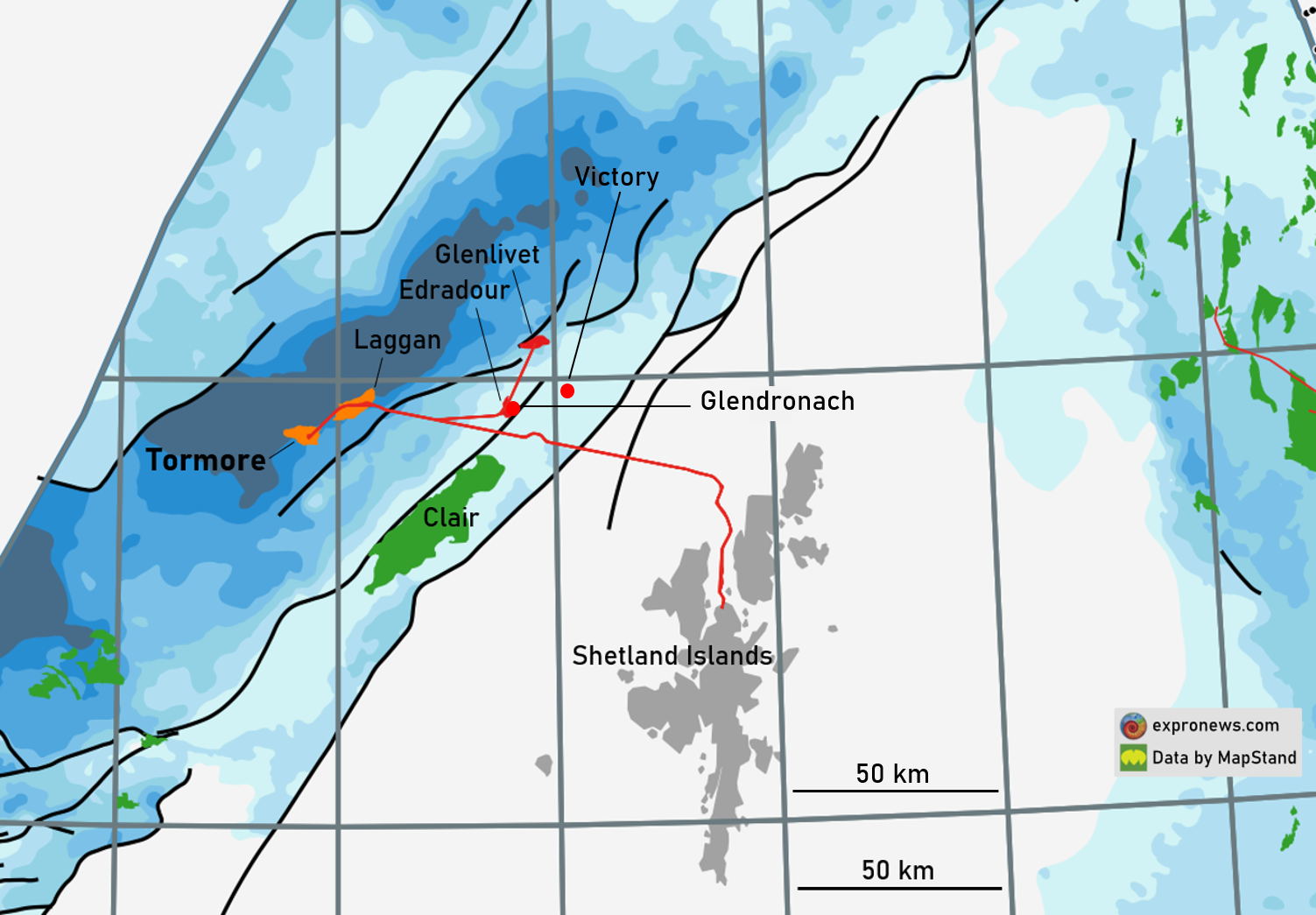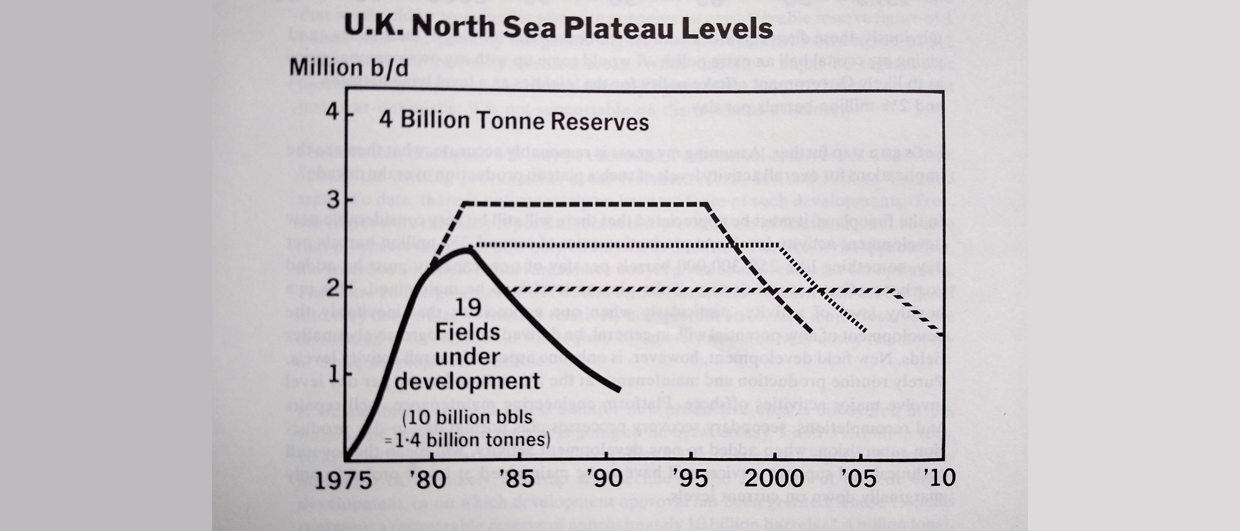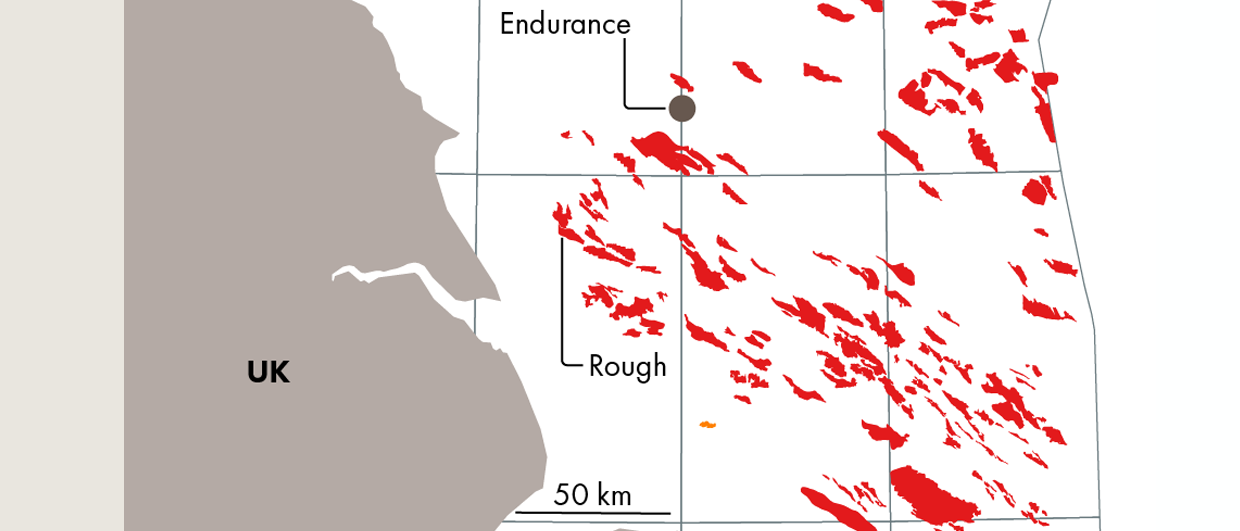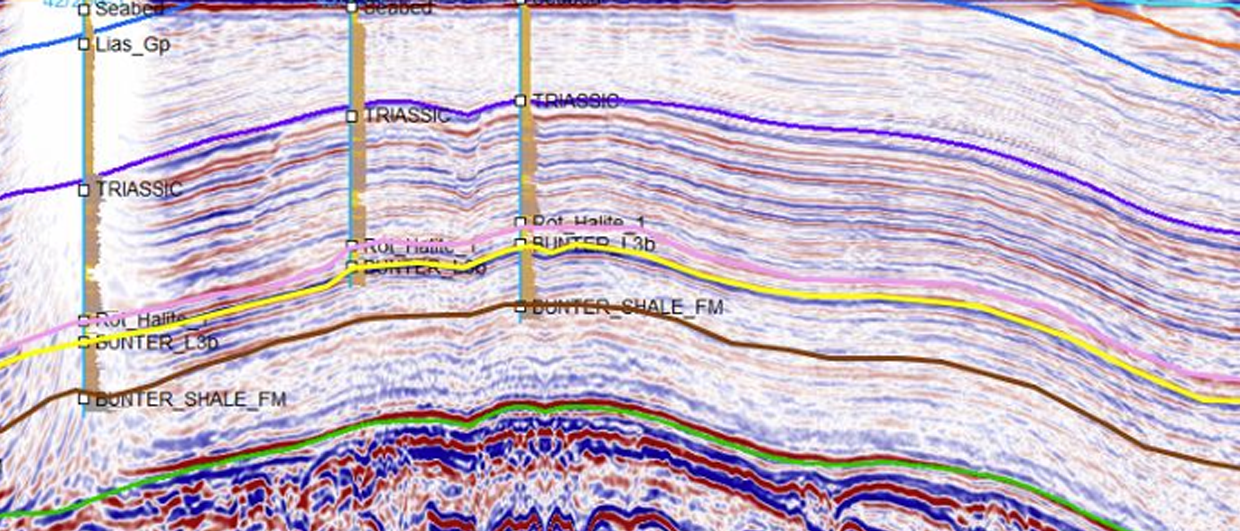The Laggan and Tormore development West of Shetland is an example of a recent and major investment in new infrastructure, as a new pipeline was constructed all the way from the Laggan and Tormore fields to the Shetland Islands.
However, only after this major project was commissioned in 2010, the second well drilled on Tormore turned out to be a surprise for operator Total. It found a significant oil leg, thereby reducing the volume of gas in the closure and thus the expected economic life of the entire development.
With both the Laggan (122 MMboe in Place) and Tormore (62 MMboe (gas) in Place) fields experiencing a rapid decline in production, there is now even more of an urgency to develop nearby gas fields in order to fill the pipeline. To an extent, this is what Total has done through the development of nearby gas discoveries Glenlivet (69 MMboe in Place) and Edradour (25 MMboe in Place).
But is it enough to guarantee the infrastructure to stay afloat for much longer and prevent a domino effect once the first field ceases production? In order to get a better understanding of what lies around the Laggan cluster, a regional hub analysis was performed by Mike Cooper and his team at 1st Subsurface.

As Mike will show in his presentation at Devex 2021 on Tuesday next week, the Glendronach (~106 MMboe) and Victory (37 MMboe) discoveries licensed by Total and Reabold Resources respectively are the only development-ready opportunities in the area. But there are prospects to be drilled too, with obviously the nearby ones forming the most attractive targets. Combining this in a prospective resources plot centred around the Laggan hub (see diagram above) provides a good insight as to what may the best candidate for further de-risking.
Listen to the whole story from 1st Subsurface next week at the online Devex conference, taking place from Monday to Wednesday. You can register through this link.
HENK KOMBRINK





